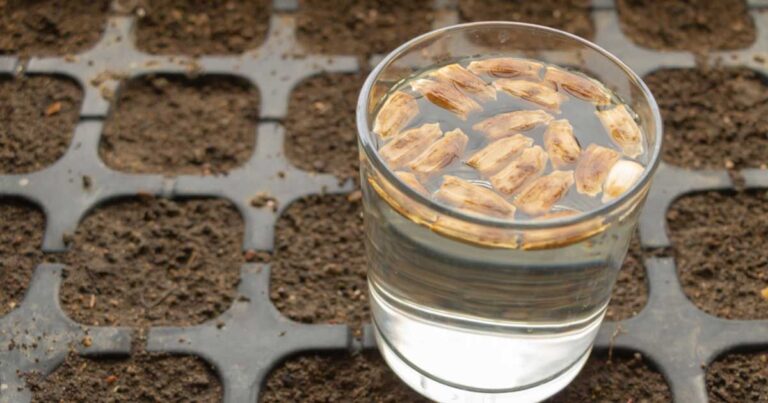Embarking on a gardening journey often begins with the simple act of planting seeds. To enhance the success rate and vigor of your seedlings, consider the practice of soaking seeds prior to planting. This method offers several benefits that can lead to a more robust and fruitful garden. Here are seven compelling reasons to incorporate seed soaking into your gardening routine:
-
Initiates Germination
Soaking seeds in warm water for a period—typically between 12 to 24 hours—signals them to break dormancy and commence germination. This moisture exposure mimics natural environmental cues, encouraging seeds to sprout.
-
Removes Germination Inhibitors
Certain seeds possess natural chemical inhibitors on their outer coatings that delay germination. Soaking helps dissolve these substances, facilitating a quicker and more uniform sprouting process.
-
Softens the Seed Coat
Water absorption during soaking softens the hard outer shell of seeds, making it easier for the emerging embryo to push through. This is particularly beneficial for seeds with tough exteriors, such as beans, peas, and squash.
-
Reduces Germination Time
By providing seeds with the moisture they need upfront, soaking can significantly shorten the time between planting and sprouting. This is especially advantageous when starting the growing season later than planned.
-
Enhances Seed Swelling
As seeds soak, they absorb water and swell, which can help to end dormancy and kickstart the internal processes necessary for germination.
-
Improves Uniformity of Germination
Soaking seeds can lead to more consistent and simultaneous sprouting, resulting in uniform plant development and a more organized garden layout.
-
Prepares Seeds for Scarification
For seeds with particularly hard coats, soaking can be a precursor to scarification—a process where the seed coat is physically altered to allow moisture penetration—further aiding in successful germination.
Guidelines for Effective Seed Soaking:
-
Duration: Most seeds benefit from soaking for 12 to 24 hours. Avoid exceeding 48 hours, as prolonged soaking can lead to seed rot.
-
Water Temperature: Use lukewarm water to facilitate optimal absorption without causing thermal stress to the seeds.
-
Seed Selection: Larger seeds with hard coats, such as beans, peas, and squash, gain the most from soaking. Smaller seeds with thin shells, like lettuce or celery, may not require this step and can be more challenging to handle when wet.
By integrating seed soaking into your planting regimen, you can promote healthier seedlings and potentially achieve a more abundant harvest.
